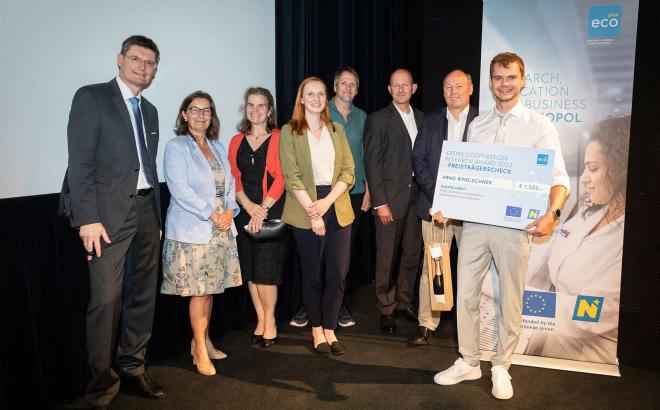Social media use and cognitive abilities
Large study with adolescents examined correlations between social media use and cognitive abilities

Smartphone use in general, and social media use in particular, has often been associated with negative outcomes in adolescents, such as higher levels of anxiety and body dissatisfaction. Other concepts - such as basic cognitive abilities and skills (e.g. intelligence, information processing, spatial perception) - have rarely been the focus of research.
In order to investigate correlations between the use of social media and cognitive skills, Univ.-Prof. Mag. Dr. Stefan Stieger, PD, Head of the Department of Psychological Methodology at Karl Landsteiner Private University (KL), in cooperation with Mag.a Sabine Wunderl, Psychological Director of the Educational Information Centres of WKNÖ, analysed the data of more than 12,000 adolescents aged between 12 and 16. The young people completed a series of psychometric tests to test, for example, intelligence, spatial perception and information processing. The test results were compared with the respective use of social media (average active and passive time per day, problematic use of social media). In addition, a random forest model approach was applied, which is optimal for designs with many predictors and expected small effect sizes.
The study concluded that almost all associations did not exceed the known age and gender differences in social media use. This means that the effect sizes were very small and had little significance in the random forest analyses compared to the dominant demographic effects. It is possible that negative effects of social media use have been overestimated in previous research, at least in samples with adolescents.
Key findings:
Social media use is not significantly related to cognitive ability and skills test scores.Results from random forest models suggest a small significance of effects compared to known gender and age differences.Negative effects of social media use may have been overestimated in previous research.Link to the original publication




